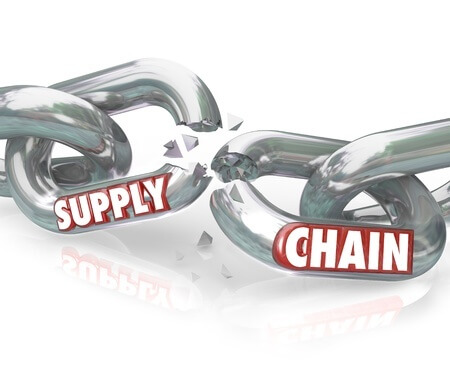While many of us in the construction industry have been focused on dealing with the steep rise in lumber costs over the past year, a new threat is upon us: PVC. In February, Texas-based petrochemical plants were forced to shut down unexpectedly due to a winter storm that caused vast power outages. S&P Global reports that 75% of the 40 million metric tons of ethylene production were taken offline during the height of the deep freeze. Bloomberg reports that 60% of the U.S. PVC capacity remains offline still. According to the Wall Street Journal, prices for polyethylene and polypropylene have reached the highest prices in years. The problem affects far more than the construction industry; reports of supply chain disruptions are coming out from industries like automotive, food and consumer packaging, medical device and supply production, and more. Honda and Toyota have recently announced they will halt production at their North American plants citing plastic component supply chain issues. Unfortunately, this will mean major industries will compete for the same raw materials in the short supply.
So what does this mean for construction? Well, it doesn’t look good at the moment. Materials typically readily available, like plastic electrical boxes, are in short supply or even back-ordered with no firm fulfillment dates in some cases. A shortage in the production of the resins used in OSB and other engineered lumber products has impacted the production and pricing of those materials across the country, making a difficult lumber market even more volatile. PVC piping material prices are on the rise, with plumbing, electrical, and fire sprinkler contractors citing increases of up to 60% on some of their pipe materials since the beginning of the year. Unfortunately, the report coming from Texas chemical plants is it will take at least 6 months to correct these supply chain disruptions.
The widespread manufacturing disruptions are out of our control and the control of our clients. However, there are ways to help mitigate these supply chain issues. At The Douglas Company, we utilize a detailed Materials Status Report log that tracks the project’s materials and is updated weekly with lead times, purchase order numbers issued to the manufacturer, tracking numbers, and expected delivery dates to the job site. This allows for early detection of delays, giving us the time to find creative solutions like using alternate materials, alternate products or manufacturers, or even finding other suppliers.
Jeremy Bartolovitch
Vice President of the Southeast Region
The Douglas Company

